How to Make PCBs in Lab Without Fabrication ?
Designing your own PCB is an art, and making it at home or in the lab is easier than ever with the toner transfer method. Follow these 6 clear steps to make your own PCB without sending it for fabrication:
Print Your PCB Design
Create your single-layer PCB design in Eagle, KiCad, or Proteus, and take a laser printout on magazine/glossy paper or OHP transparency.
Using glossy magazine paper ensures clean toner transfer.
Cut the Copper Clad
Cut your copper-clad board to the required PCB size. Avoid wasting copper by keeping the size compact.
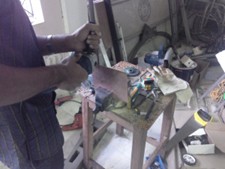
Transfer the Toner
Place the glossy paper with your PCB printout onto the copper clad and iron it firmly for 5–10 minutes.
- Apply even heat to avoid smearing.
- Keep the paper stable to maintain trace sharpness.
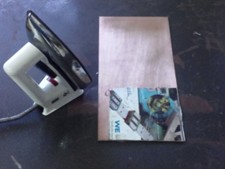
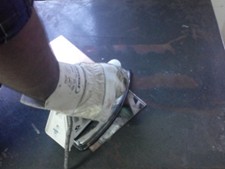
Soak and Remove Paper
Cool the board for a minute, then soak it in soapy water for 2–3 minutes.
Gently rub off the paper using your fingers. The toner will remain on the copper clad, forming your PCB traces.
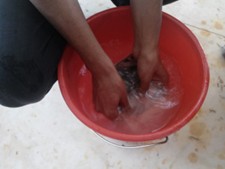
Prepare the Etchant Solution
Instead of Ferric Chloride, use a cleaner, reusable, and efficient etchant:
- Hydrochloric Acid (HCl) from a lab chemical store.
- Hydrogen Peroxide (H₂O₂) from a pharmacy or lab.
Handle HCl with extreme care. Always add acid to water, never the reverse.
Etch the PCB
In a plastic tumbler, mix 2 parts Hydrogen Peroxide with 1 part Hydrochloric Acid by volume.
Slowly immerse your board:
- Bubbles will appear as nascent oxygen removes exposed copper.
- The solution will turn green.
- Shake the tumbler gently if etching slows.
In less than a minute, your PCB will be etched and ready.
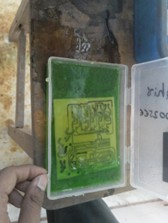
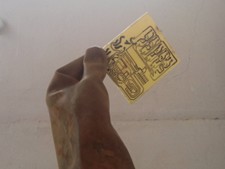
Safety Tips
Handle HCl with gloves and goggles.
Work in a well-ventilated area.
Reuse the green etchant by adding more peroxide if needed.
Summary
You can now create professional-looking PCBs in your lab or at home with minimal resources:
- Print ➔ Iron ➔ Soak ➔ Etch ➔ Done!
This skill empowers rapid prototyping, debugging, and learning in embedded systems and electronics.
Thank you for reading!
Enjoy Reading This Article?
Here are some more articles you might like to read next: